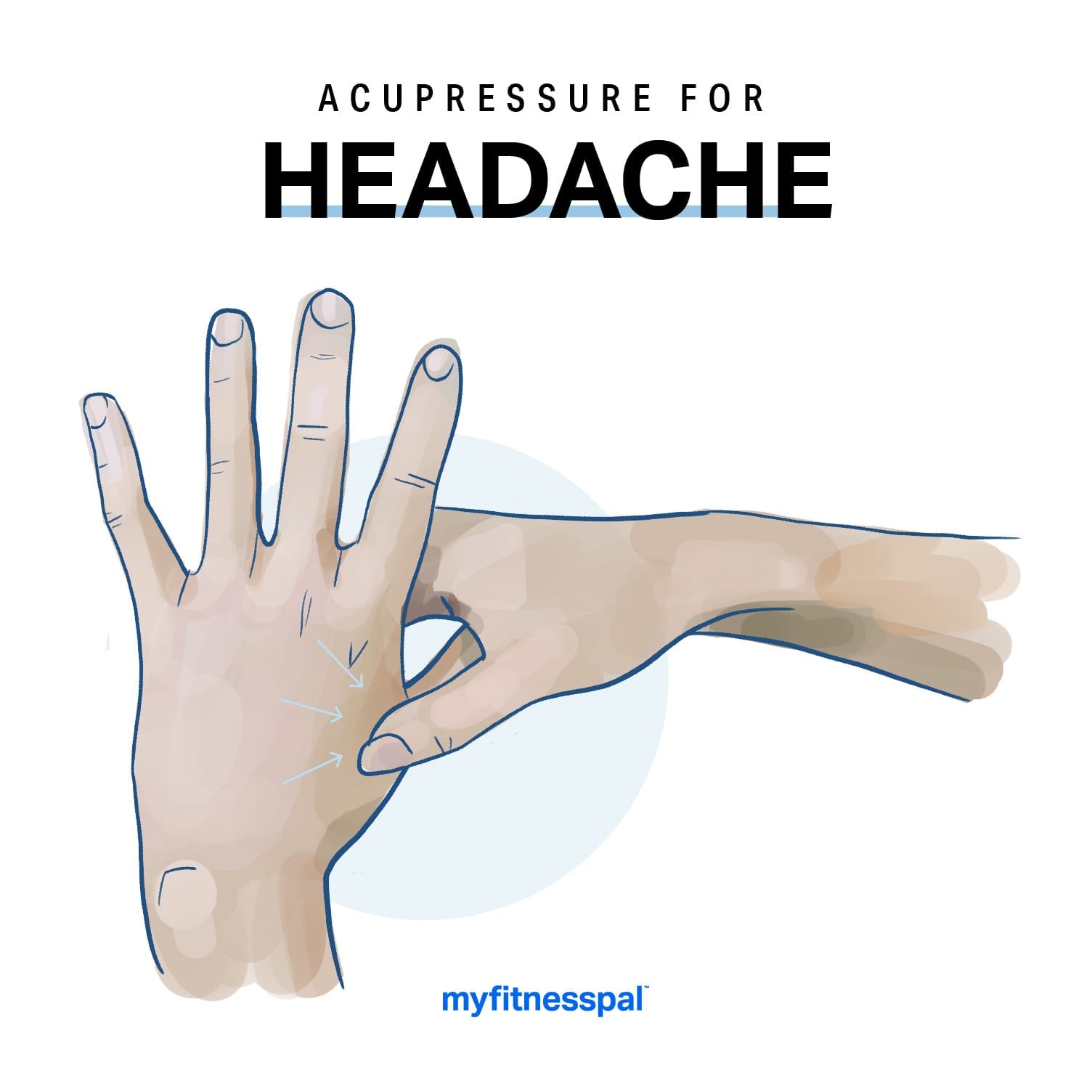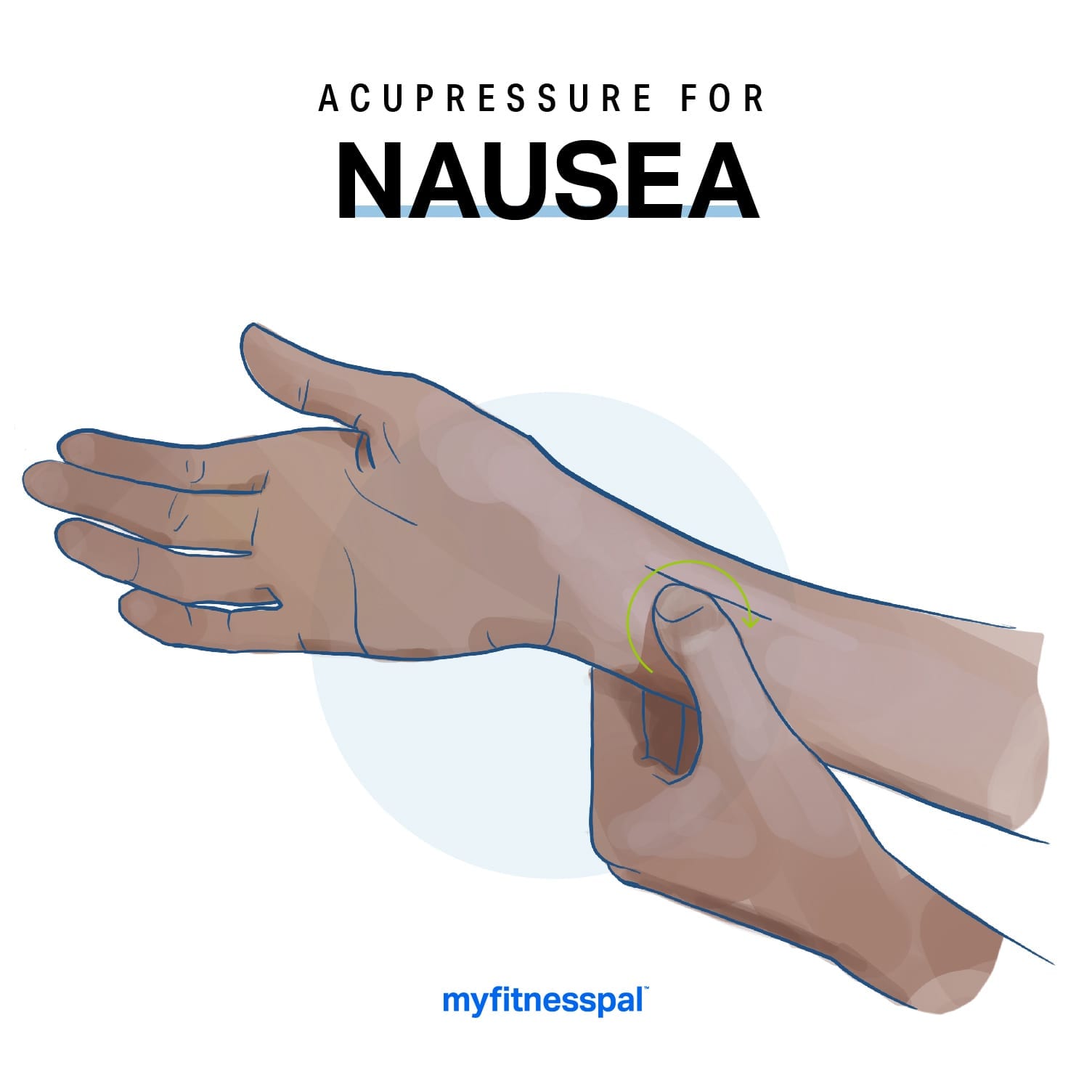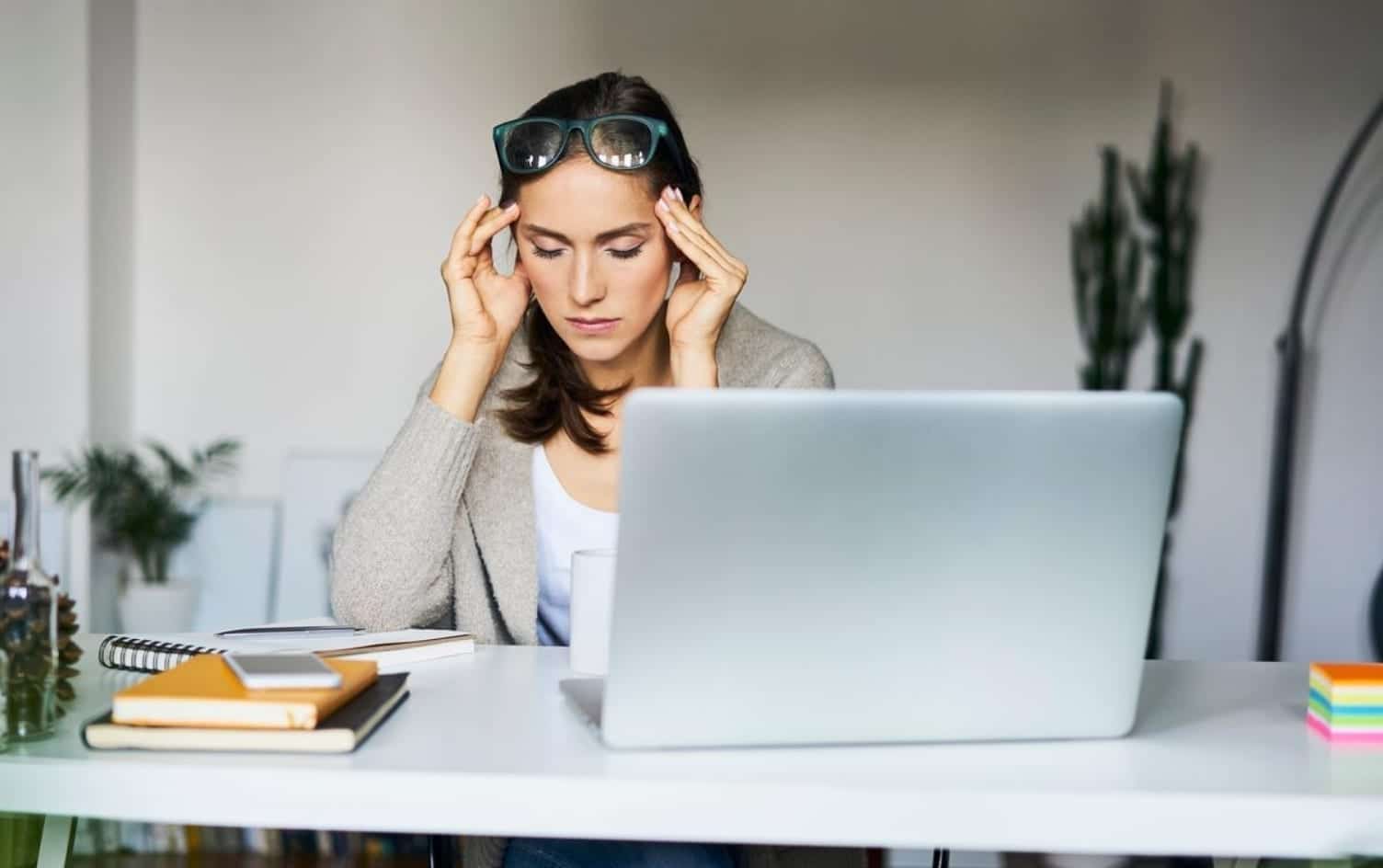Touted for a range of benefits from athletic recovery to pain management, acupressure is based on traditional Chinese medicine. Unlike acupuncture — which necessitates a trained, experienced practitioner — you can do acupressure on your own, using your fingers, thumbs or a device to target specific points.
“Depending on what your issue might be, acupressure is proving to be a promising option to try, considering that it’s low-risk,” says Susan Murphy, an associate professor in the Department of Physical Medicine and Rehabilitation at Michigan Medicine, part of the University of Michigan. “It’s also easy to learn, you can do it anytime, and you may help ease chronic issues like fatigue or sleep problems.”
In many ways, acupressure is very similar to acupuncture, since you’re focusing on specific points in the body that correspond with pathways called meridians. Chinese medicine practitioners note that when these paths are blocked, they can cause illness or pain elsewhere in the body since it’s all connected.
“Acupressure points are located next to the largest nerve fiber pathways in your body that carry messages from nerve endings through your central nervous system,” says John Burns, DPT, clinical services coordinator of acupuncture at the Aurora Health Care Department of Integrative Medicine. When they’re pressed the right way, pain messages can be blocked before they reach the brain, and you can also increase chemicals like endorphins that restore a sense of well-being, he adds.
This isn’t a theory; there is ample scientific evidence that usage of acupressure can have a significant effect on different medical issues. For example, a randomized trial of patients after cardiac surgery found acupressure was much better at reducing postoperative pain than those who didn’t try the treatment.
Another study, focusing on older adults with sleep issues, found acupressure improved sleep quality better than those who received massages that didn’t use pressure points.
In terms of how to use it, think of acupressure as a focused, mini-massage session. You find a point that corresponds with whatever issue you’d like to address (more on that in a minute), then use deep, firm pressure to stimulate the point first. Then, massage into and around the point with that same pressure.
READ MORE > IS SCRAPING THE NEW CUPPING FOR MUSCLE PAIN?
Some people find they prefer to skip the massage and simply hold the point for a certain amount of time, usually between 5–30 seconds before releasing. Either way, try to relax and be mindful of the process, and Burns suggests pairing deep breathing with acupressure to increase the effect.
Much like acupuncture, this treatment works best when you have a specific problem to solve, and that can run the gamut. For example, it may be behavioral like trying to quit smoking, controling overeating, and learning to de-stress. Or you could have physical issues like back pain, sleep problems or motion sickness.

Physical therapists at Michigan Medicine began teaching cancer patients acupressure techniques because they found it helped with fatigue, Murphy says. But, she adds, it’s equally powerful for anyone who needs an energy boost.
How to do it: Use two fingers on either side of the neck and press at the base of the skull.

If you feel a tension headache creeping up, definitely employ deep breathing as well as acupressure, since that can help relax your whole body.
How to do it: Find your pressure point in the “webbing” between your thumb and index finger. Gently pinch down with your opposite hand and hold for a few minutes, massaging with your thumb and using your index finger to hold the hand in place. Repeat for a couple of minutes on the other hand.

Whether you’re feeling sick during travel, experiencing morning sickness from pregnancy or you’re miserable from a hangover, try this technique.
How to do it: Turn one arm over so your palm is facing up and toward you. Put the first three fingers of your opposite hand across your wrist, and at the point just below where your index finger of that hand was, press down with your thumb. You’ll feel two large tendons. Massage in a circle maintaining that gentle pressure for a few minutes, then repeat the process on your other arm.
As you get used to the practice, you can explore other points. For example, the University of California, Los Angeles has a beginner’s guide for getting started. No matter what points you choose, take time to practice and pay attention to how you’re feeling, Burns says. Sometimes, a little pressure is a good thing.
Unlock an experience that’s like having a dietitian, trainer and coach at your fingertips. Sign up for Premium for expert guidance and tools to help you reach your personal health goals.




